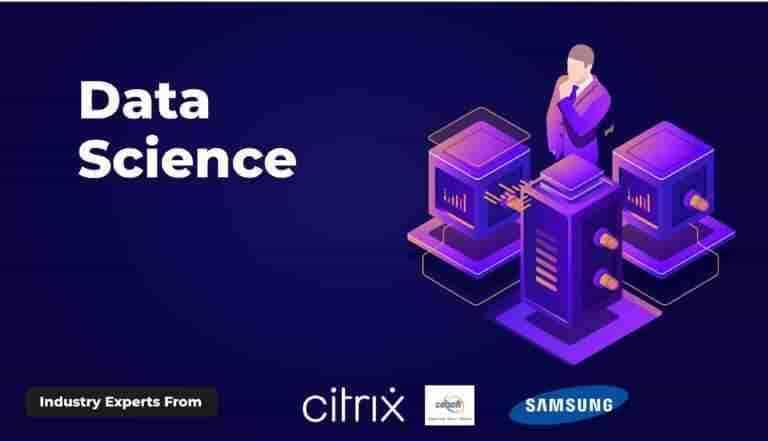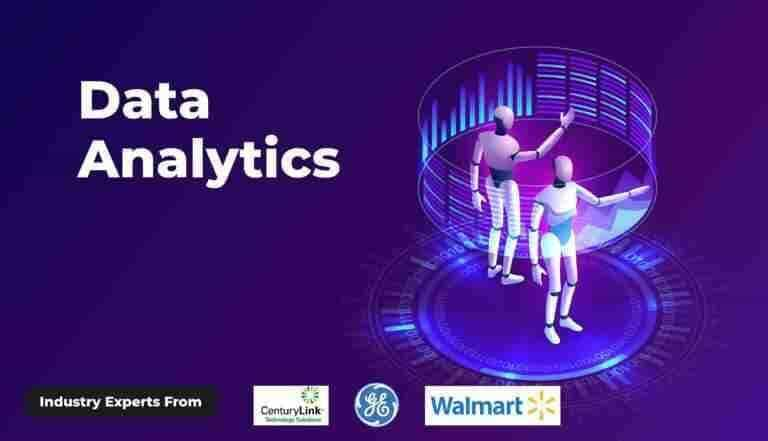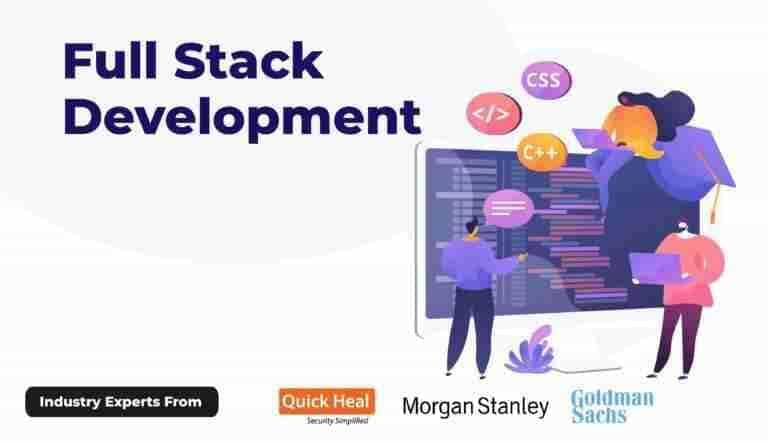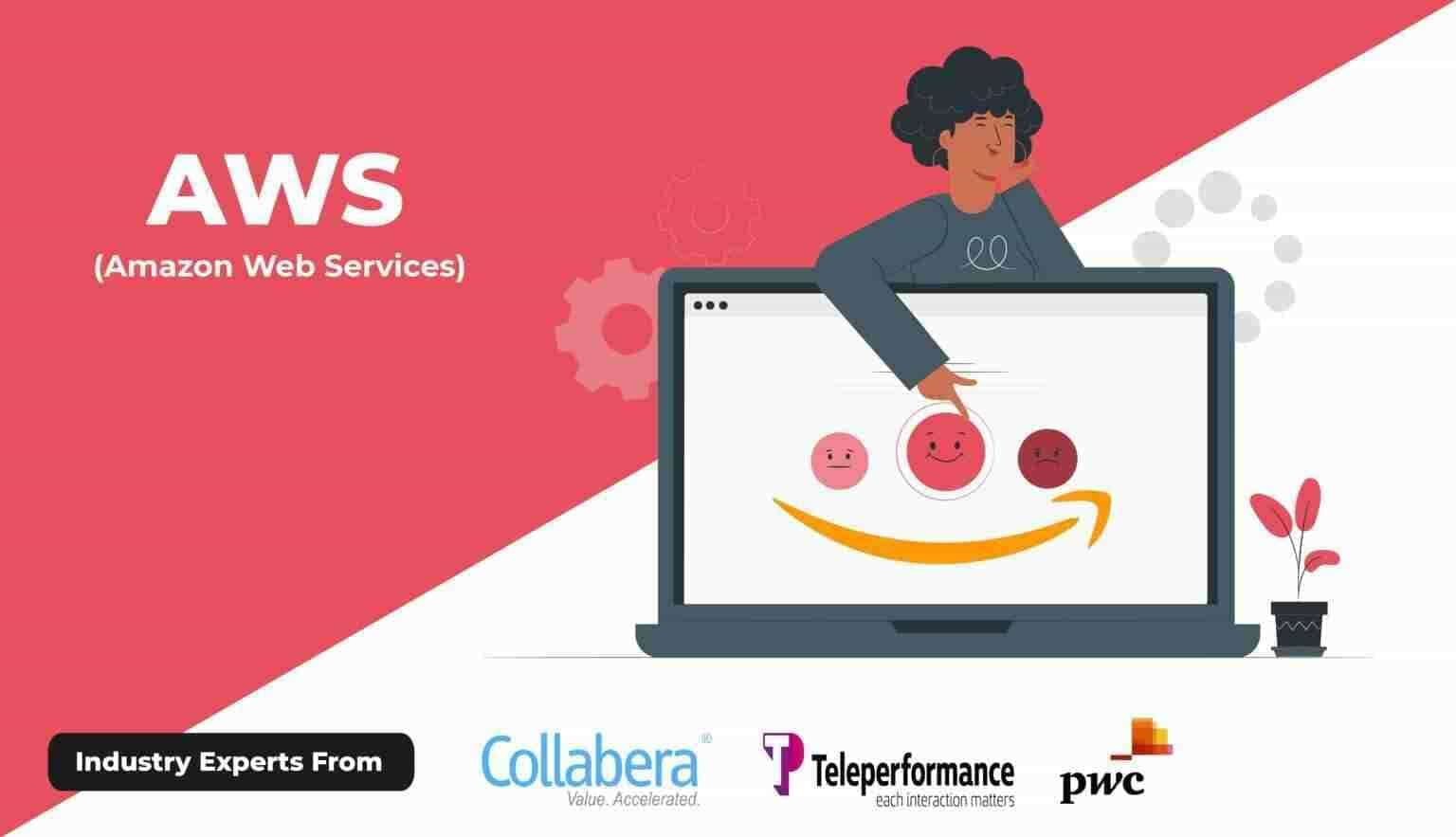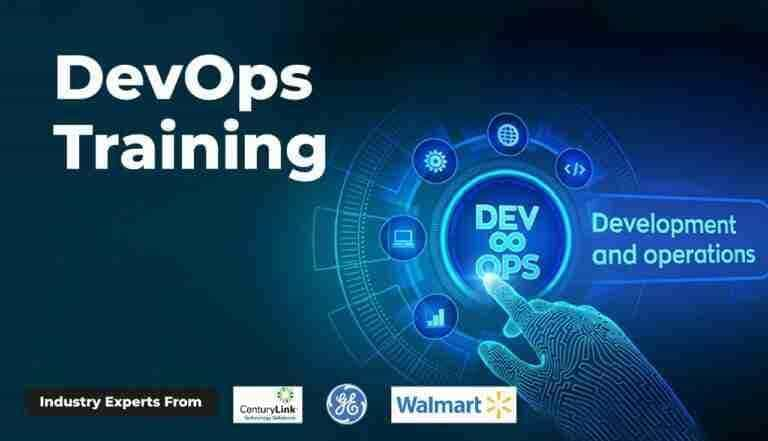Top Translation Software for Fast, Accurate Results
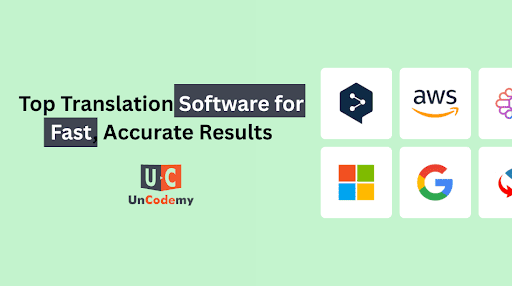
The days of employing costly human linguists for every small assignment in translation are long gone. Large amounts of text may now be processed instantaneously by strong AI-driven translation technologies, providing a scalable and affordable option.In addition to changing how companies function, these tools are also changing how people communicate, learn, and exchange knowledge internationally.
As technology advances quickly, advances in artificial intelligence, machine learning, and natural language processing (NLP) have greatly increased the accuracy and contextual relevance of these translation technologies. Idioms, cultural quirks, and domain-specific terms may now be understood by modern translation software, which makes it invaluable in fields like IT, marketing, legal, healthcare, and education.
In Furthermore, as these platforms get more complex, there is an increasing demand for qualified experts who can test, optimise, and guarantee their flawless operation. This is where taking a software testing course in Noida to advance your skills becomes beneficial, not only for software engineers but also for anyone wishing to work at the exciting nexus of language and technology.
This article will discuss the best translation software now on the market that produces precise, quick results as well as how you can get ready to either contribute to or profit from this dynamic digital economy.
The Increasing Significance of Software for Translation
Advances in AI translation, which uses natural language processing and deep learning to produce output that is human-like, are mostly to blame for this progress.
Translation software is used by businesses for a variety of purposes, including e-commerce platforms, legal documents, websites, and customer support. The main benefits consist of:
- Speed: Large amounts of content can be translated in a matter of seconds by automated systems.
- Cost-effectiveness: Minimises the requirement for expensive human interpreters.
- Consistency: Maintaining consistency in language and wording is important.
- Accessibility: Removes linguistic barriers to facilitate international communication.
Top Translation Software for Fast and Accurate Results
1. Google Translate
In the realm of translation software, Google Translate is arguably the most well-known brand. It provides context-aware translations using neural machine translation (NMT) and covers more than 130 languages.
Qualities:
- Translation of speech and text in real time
- Camera translation for pictures and indications
- Translation of documents and websites
- Use it for free.
Ideal For:Students, casual users, and daily translators.
2. DeepL Translator
DeepL has swiftly emerged as one of Google Translate's main rivals. By utilising a patented neural network architecture, it provides exceptional fluency and accuracy, particularly for European languages.
Qualities:
- Translations that take context into account
- sophisticated handling of syntax and phrase structures
- Connectivity with PowerPoint and Microsoft Word
- Professionals can purchase a version.
Ideal For:Professional use, academic literature, and business documents.
3. Microsoft Translator
This translation tool, which was created by Microsoft, can be used at the individual or business level. Skype, Bing, and Microsoft Office are all integrated.
Features:
- Translation of text, audio, and images
- Translation of multi-user conversations in real time
- More than 70 languages are supported.
- Both enterprise and free versions are accessible.
Ideal For:Microsoft ecosystem users and corporate communication.
4. Amazon Translate
Amazon Translate is an AI translation tool designed for developers and big businesses that is a component of the Amazon Web Services (AWS) ecosystem. It generates excellent translations through deep learning.
Qualities:
- Batch and real-time translation
- Large-scale content scalability
- Translation models that can be altered
- Connectivity to other AWS services
Ideal For:Tech startups, enterprise-level apps, and developers.
5. Smartling
By providing localisation features, Smartling goes beyond translation. For companies wishing to enter international markets with a recognisable brand voice, it's perfect.
Qualities:
- Editing visual context
- Tools for translation memory and glossary
- Automation of workflows
- Cloud-based cooperation
Ideal For : International companies, marketing departments, and e-commerce.
How AI is Revolutionizing Translation Tools
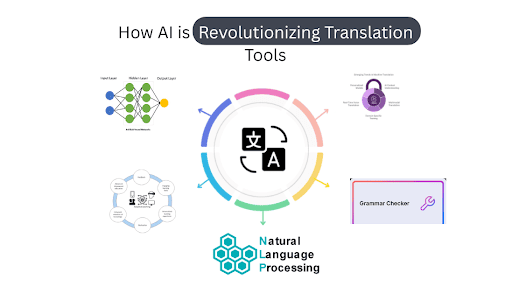
At the core of the revolution taking place in the translation sector is artificial intelligence (AI). Particularly when translating complicated sentences or colloquial terms, traditional translation methods that mostly relied on static phrase libraries and rule-based algorithms frequently yielded strange or incorrect results. These restrictions are being quickly removed, though, with the introduction of AI translation.
1. The Revolutionary Neural Machine Translation (NMT)
Neural machine translation (NMT) is one of the biggest innovations in recent years. NMT interprets full sentences as a whole, in contrast to previous statistical models that translated text word-by-word or phrase-by-phrase. It generates translations that are fluid and sound natural by comprehending syntax, tone, and context. NMT is used by programs like Google Translate and DeepL to produce translations that are more and more similar to those produced by humans.
2. Natural Language Processing (NLP): Understanding Context and Semantics
Another essential component of AI-powered translation tools is natural language processing, or NLP. NLP gives machines the ability to comprehend words' intent, context, and emotional tone in addition to their literal meaning. For instance, it can handle cultural quirks, recognise irony, and distinguish between homonyms. This results in translations that are more accurate and culturally relevant, which is crucial for user experience design, legal contracts, and marketing content.
3. AI-Driven Personalisation and Education
AI translation engines of today are dynamic; they are always learning and changing. Customisable AI models that can be trained using a company's unique terminology, style guides, and domain-specific language are now available on a number of enterprise-grade translation platforms. This is especially helpful in professions where accuracy and consistency are essential, such as software engineering, medicine, and law.
For example, a pharmaceutical corporation can teach its AI translator to understand regulatory terminology, dosage instructions, and drug names. Time is saved, errors are decreased, and compliance is improved as the AI grows more specialised and dependable over time.
4. Multimodal, Real-Time Translation
Real-time translation is no longer a sci-fi idea because of AI. Instantaneous live speech and text translation is provided by platforms such as Microsoft Translator and Amazon Translate, which makes them perfect for international conferences, customer service, and international team meetings. Multimodal translation, which integrates text, voice, and image recognition, is even supported by some technologies. For instance, a menu can be translated by only snapping a picture.
These characteristics are especially helpful in fields where communication is frequently hampered or distorted by language obstacles, such as education, travel, and cross-border cooperation.
5. Grammar correction and predictive suggestions
AI enhances the original input in addition to translating it. These days, a lot of translation programs provide context-based alternative phrasings, grammatical recommendations, and predictive typing. This helps people write more clearly, which results in translations that are more accurate.
For non-native speakers or multilingual content producers writing in a second language, these characteristics are quite helpful. AI-powered tools serve as a writing assistant as well as a translator.
Human-AI Collaboration Is the Future
Even while AI has significantly increased translation speed and accuracy, human skill is still vital, particularly in creative writing, legal contracts, and culturally sensitive information. In the future, AI and human translators will work together to undertake tedious and repetitive duties while humans edit the output for intent, emotion, and subtleties.
The need for qualified experts who comprehend both technology and linguistics is anticipated to increase as AI develops further. Technical knowledge, like a software testing course in Noida, becomes useful in this situation. It gives students the ability to test, assess, and help create these advanced AI-powered platforms, guaranteeing that they operate flawlessly throughout use cases and languages.
The Significance of a Software Testing Program
Like any other digital product, translation software is put through a thorough testing process to guarantee its correctness, usability, and usefulness. Such tools' flaws may result in embarrassing translation errors or problems with compliance in industries that are subject to regulations. Learners may test, debug, and optimise applications, including AI-driven translation systems, with the help of a software testing course in Noida.
Important abilities taught in the course:
- Testing that is both functional and non-functional
- Selenium and other automation tools
- Application testing for AI
- Agile testing methodologies
- UI/UX testing
Students who do these courses are frequently placed with leading MNCs, especially those that develop or test AI and translation software, because Noida is a growing IT cluster.
The Prospects for Translation Software
It is anticipated that AI translation will become increasingly more sophisticated as we transition to a more globalised culture. Future advancements could consist of:
- Translating with emotion in mind
- Voice cloning for multilingual calls in real time
- Combining augmented reality (AR) with travel and education
- Blockchain-based decentralised translation systems
✅ Conclusion
Global communication has expanded as a result of the development of translation software from simple word-for-word tools to sophisticated, context-aware AI translation engines. Knowing these skills is now necessary, regardless of your status as a student, company executive, or future tech worker.
Enrolling in a software testing course could be the first step towards an interesting career in technology for people who want to learn more about the backend of these applications. The possibilities are numerous and fulfilling, ranging from guaranteeing product dependability to helping develop the upcoming generation of translation tools.Let's make sure we can quickly, precisely, and intelligently understand one another in a world where communication is constant.

















